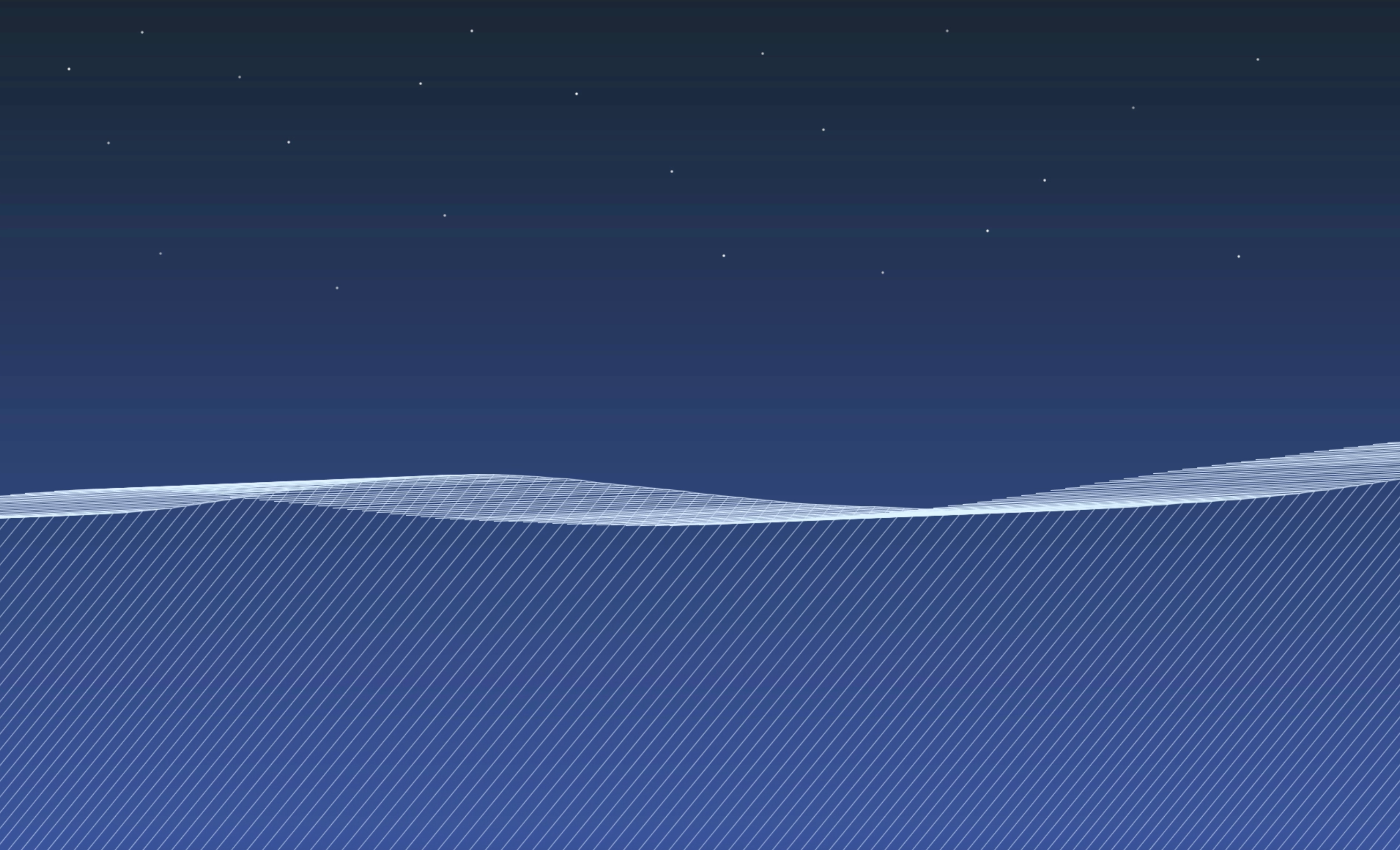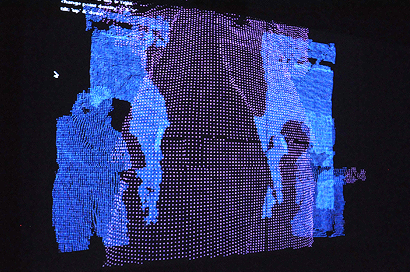My conference project’s theme is nature and its replication using code. Nature is known to follow a system and set of rules while utilizing the slightest bit of unpredictability. The same can be said for coding: there are rules to follow, but there’s a lot of room for randomness. I wanted to incorporate this within my code and find just how close to the beauty of nature I could make my sketches. I was very inspired by Holger Lippmann’s work representing aspects of the natural world in his art.
When I began each sketch, I had a few guidelines but not many. For instance, the first sketch I created was Push + Pull based on my original sketchbook drawing of an ocean with the tide coming in and out. I knew what I wanted the general sketch to look like, but I was not prepared for the outcome which exceeded my expectations. With the use of multiple gradients, I was able to form the landscape without using defined shapes. Rather, the gradients are made up of individual lines that change color with each y value (probably?). Then, to add the value of the waves hitting the sand, I used simple noisy white lines. I was very pleased with the end result, not aware that I would even consider using multiple gradients. Even now there is still more I’d like to add, for instance clouds or boats in the distance, but for now I’m very happy with this sketch.

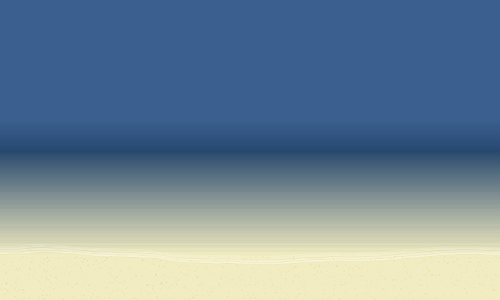
My following sketch Anthocyanin is based on an idea I had of flower garden. Flowers are very interesting and difficult to replicate exactly the same each time. Much like natural flowers, my coded flowers take on new identities with every run of the program. This was my most difficult sketch because it required me to take a concept like Wave Clocks, which has a lot of different parts, and expand upon it. I had to first find the right flow I wanted the petals to follow, but due to the noise in the sketch I could not create the same exact flower each time. I was disappointed, but eventually I made it work by controlling the variables as much as I could. However, it was very frustrating to find what exactly I could control and how. The rest was just a matter of finding the right colors and locations for each of the flowers.

Right now I’m still trying to perfect my Drip Drop sketch. It looks almost identical to the original sketchbook drawing I made earlier in the semester. I really loved the idea and wanted to make it as close to the original as possible. The idea was to create puddles during the rain, and as the rain falls there are ripples throughout the puddles. Instead of using a function to create raindrops like I had originally planned, I found I liked the appearance of simple random ellipses popping up.

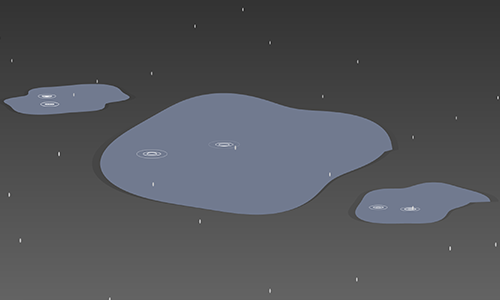
Encompassing Sun is the one sketch I implemented 3D in. The first part of my sketch was the sphere in the center, and to make it more dynamic I wanted it to be a rotating sphere that zoomed in and out throughout the sketch. From there I discovered you could get some really interesting patterns when adding the rotate() function to noisy lines, hence the sun’s outer design. There was a lot I had to consider with this sketch such as transform() and push and pop matrix. A lot of it was just guess and check until I finally began to see how things were affected with each change. My plan was to originally just have the sun in the center, but I wanted other spaces in the sketch to be interesting as well, so the other rotating spheres could be other planets. It was a fun sketch that took me by surprise considering how much new material I used that I didn’t even think I would consider.

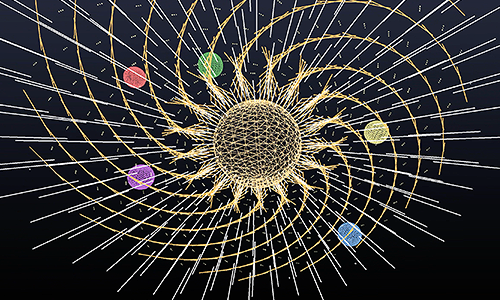
All in all, I’m very happy with my work for this conference. It’s really satisfying to see simple sketches in a notebook become dynamic artworks in code. I’m always surprised how different the final product is from my original intention, but I’ve always found it to be for the better. There’s still a lot I need to learn and understand in order to better control my sketches, but I’m very happy with where I am right now.
